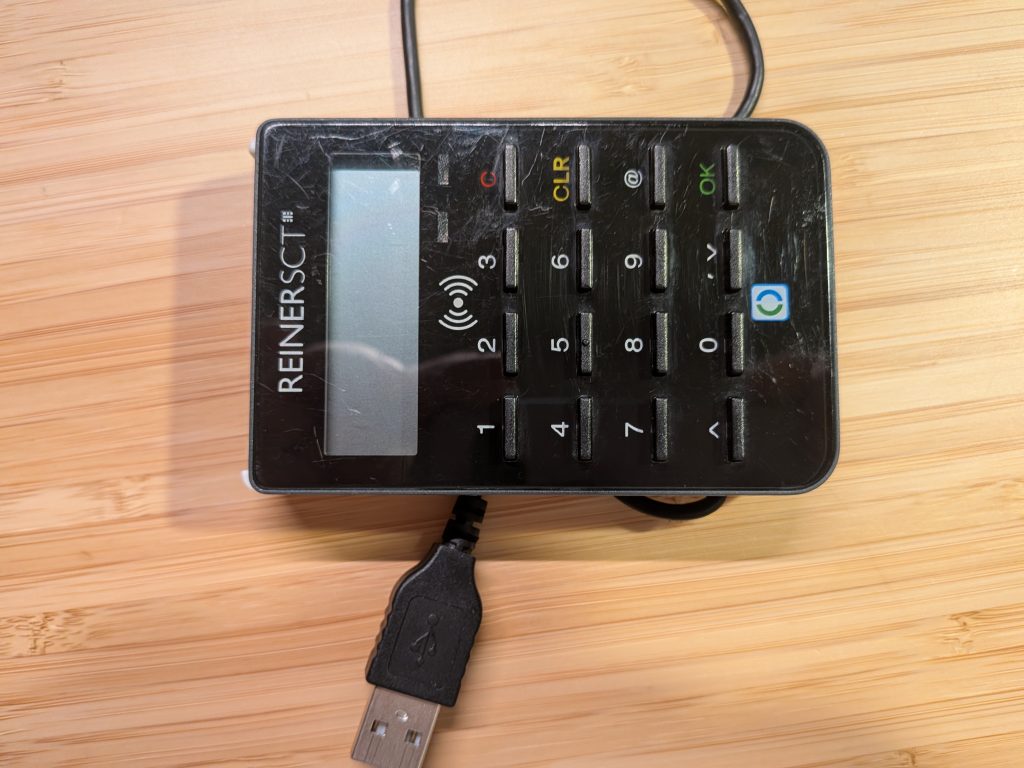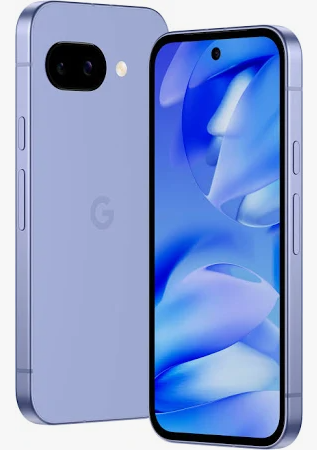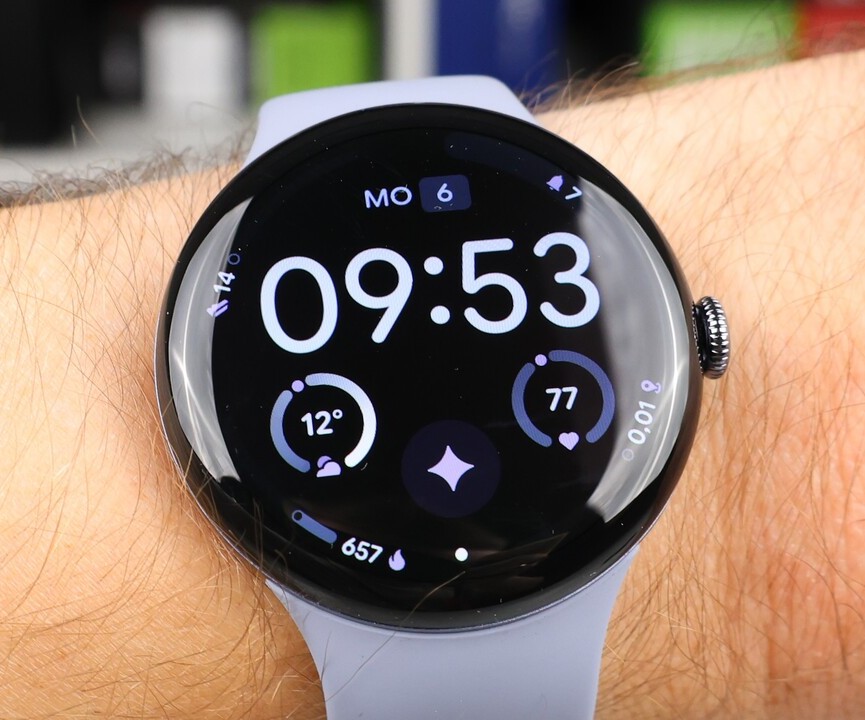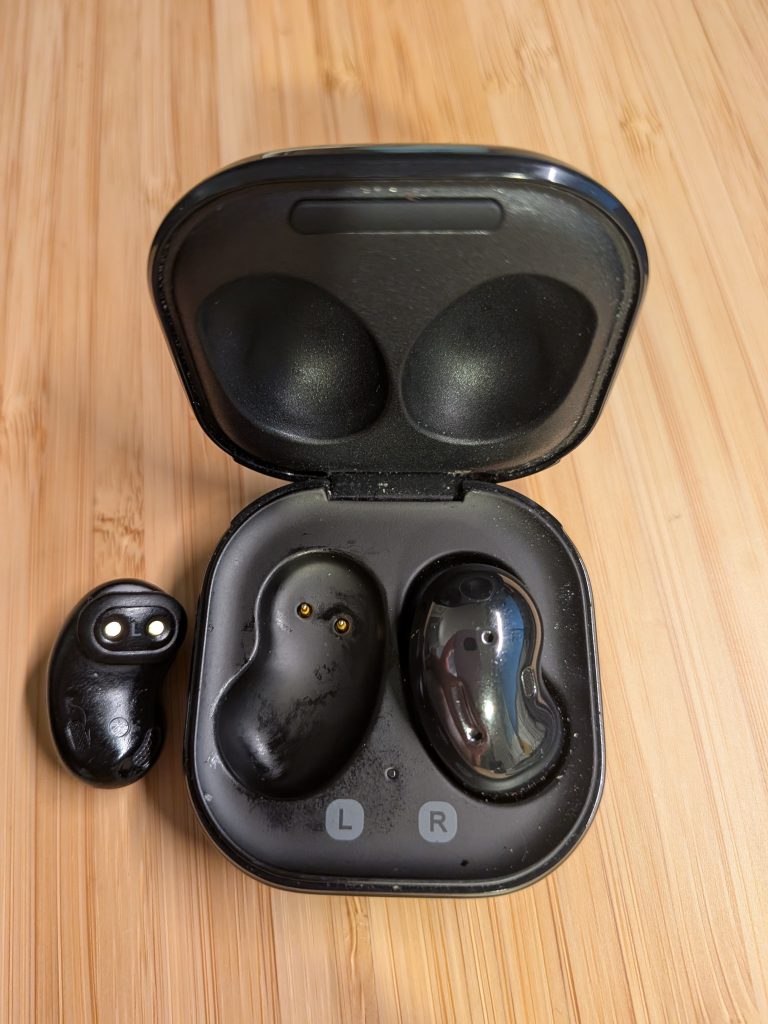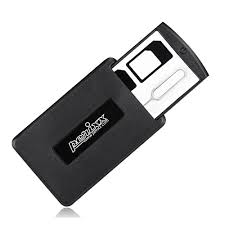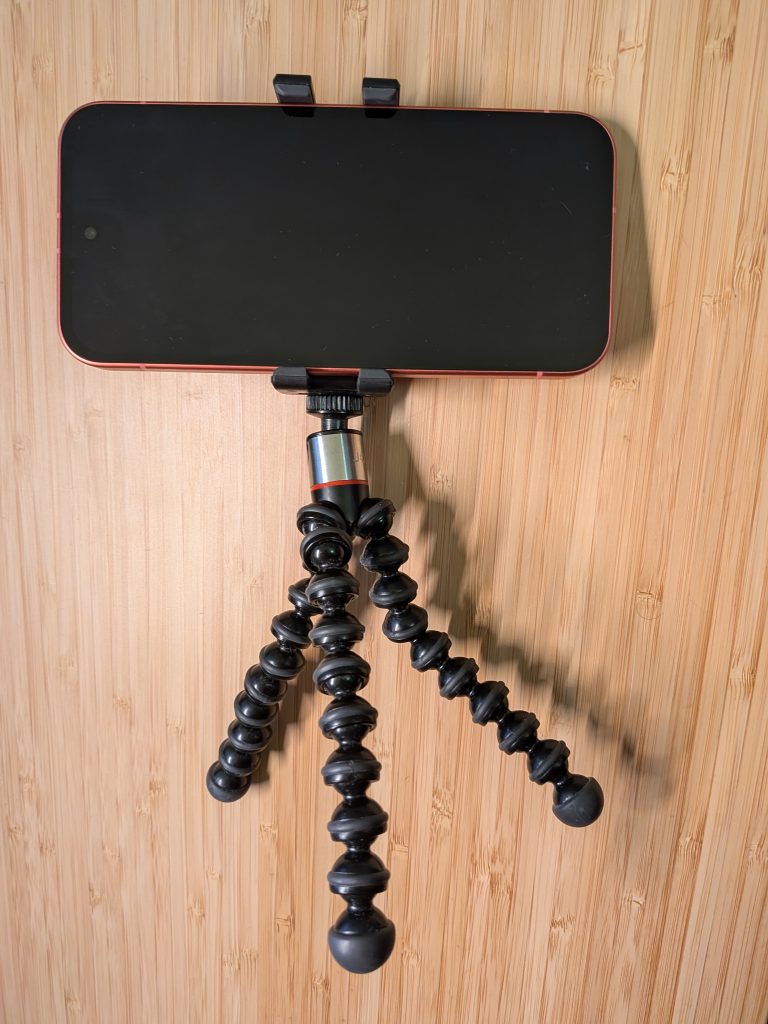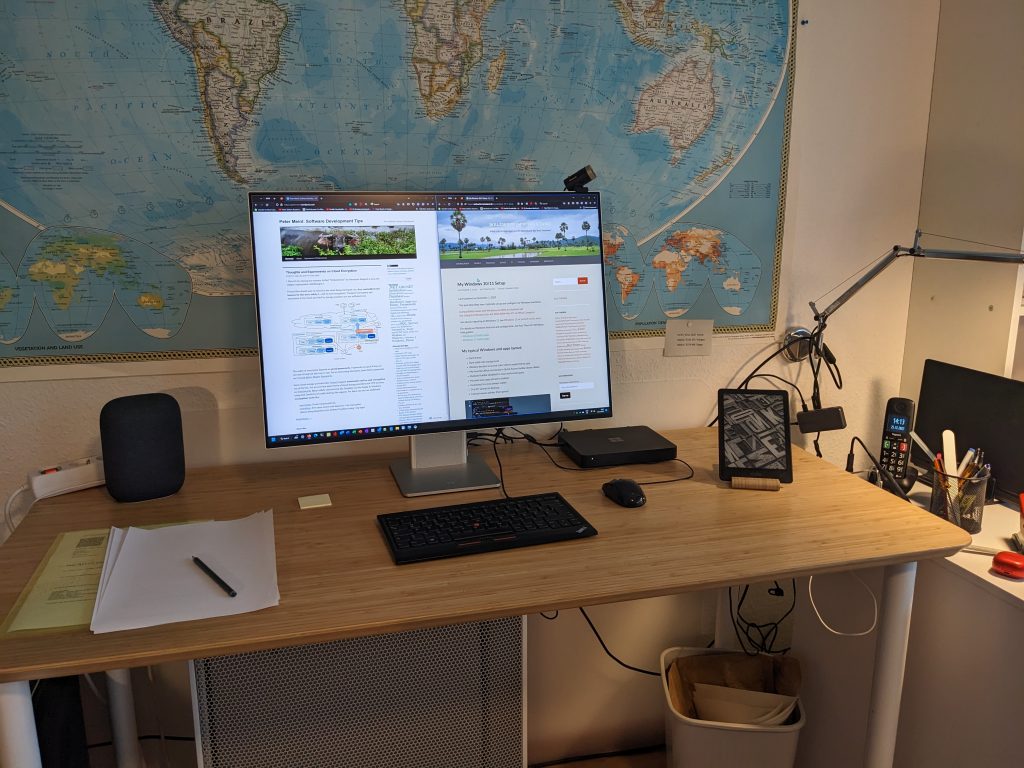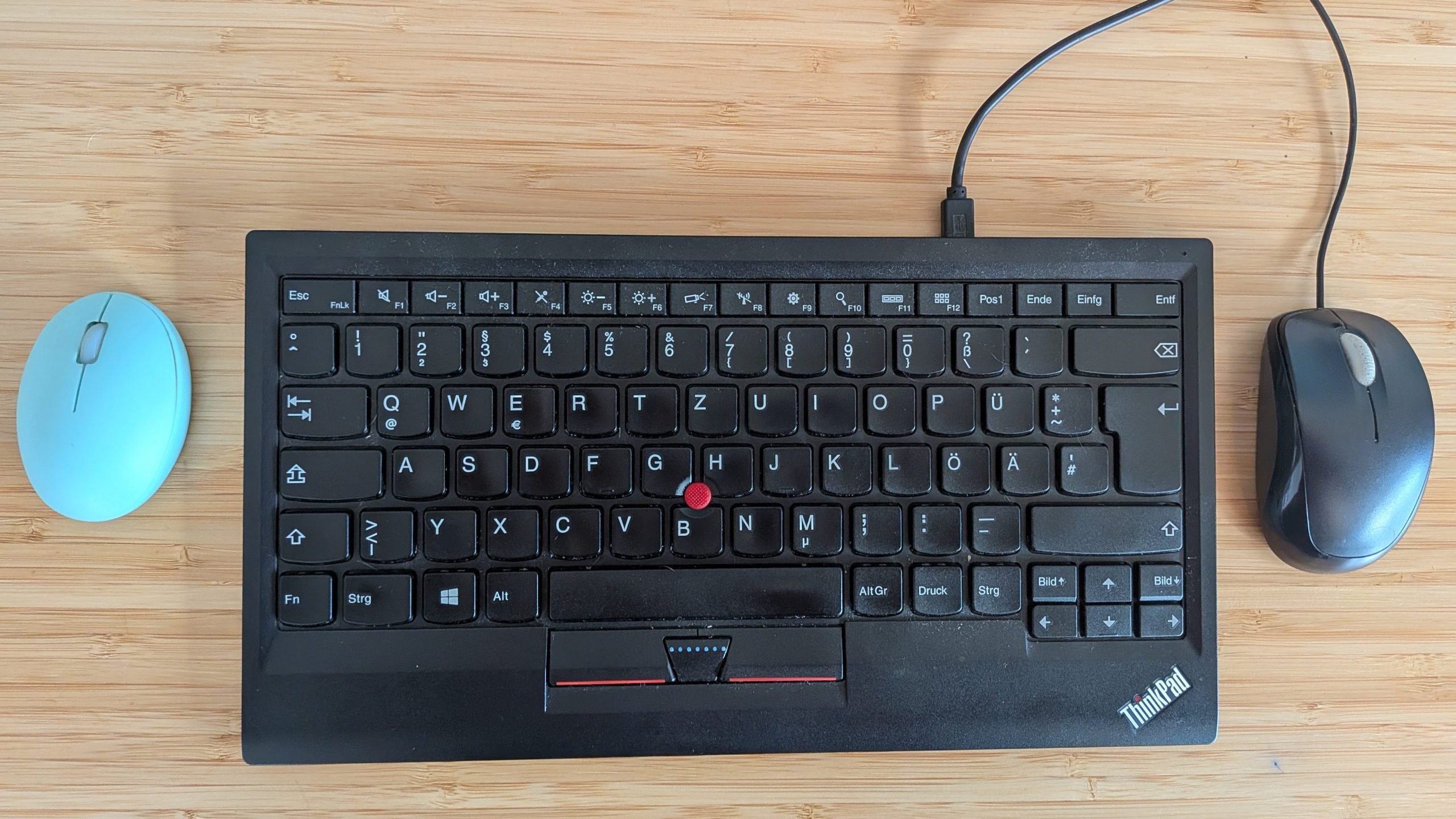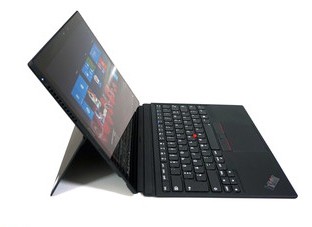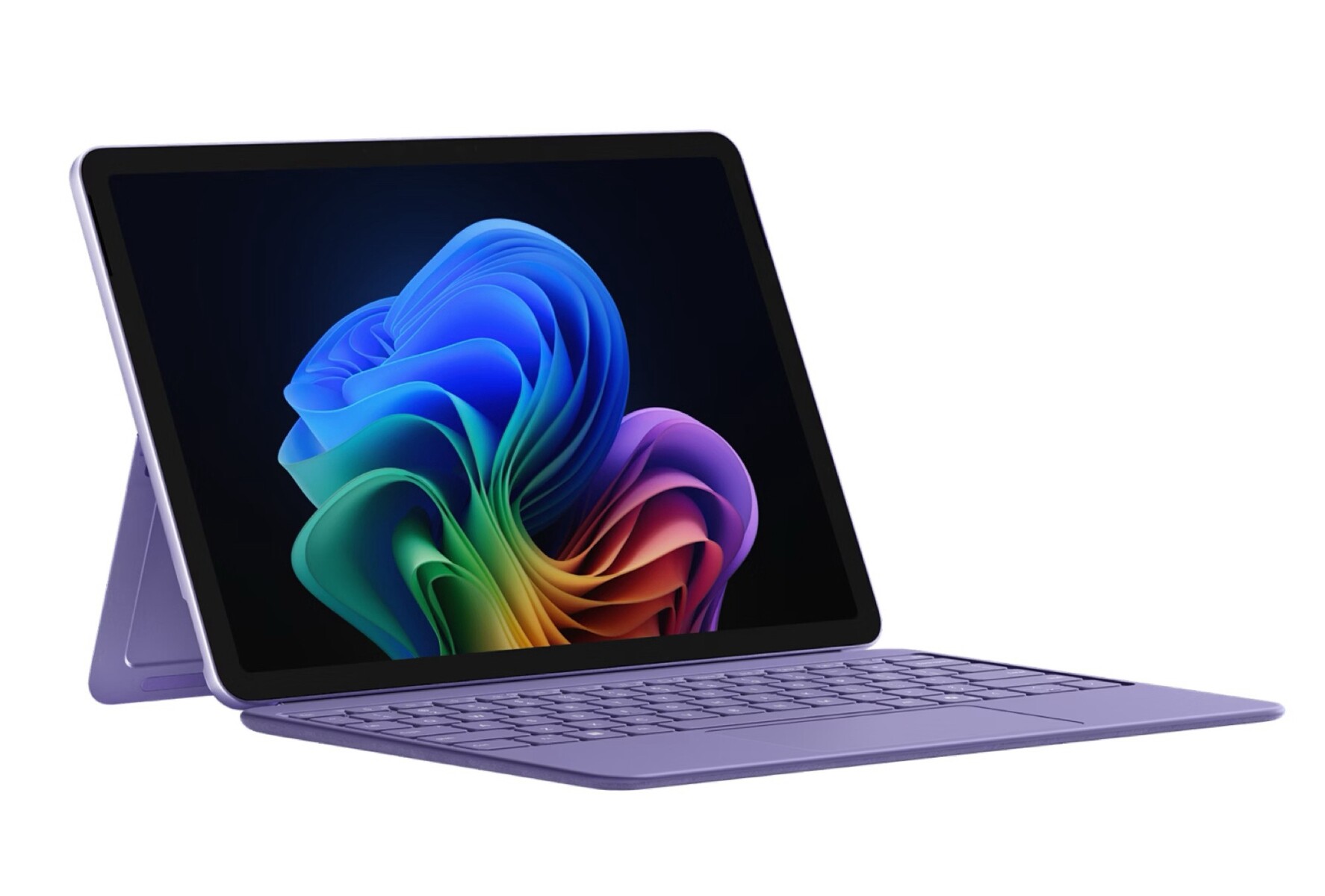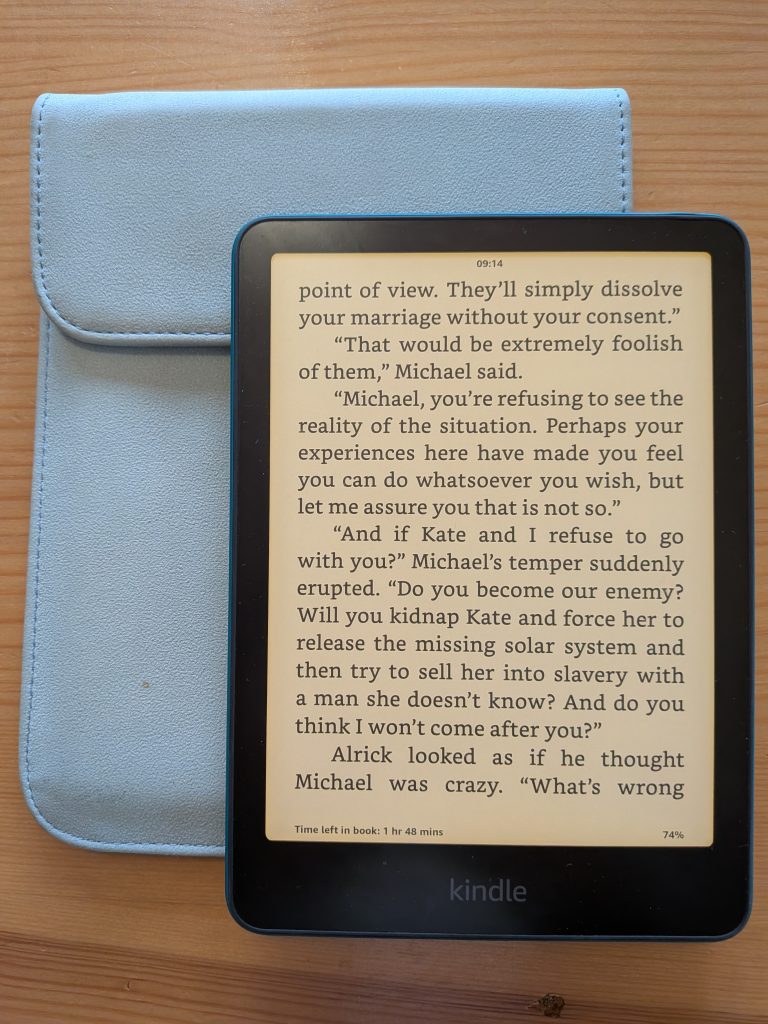[Dieser Post enthält Amazon Affiliate-Links. Das kostet dich nichts, bringt mir aber etwas Einkünfte.]
Netzteile & Ladegeräte
Fürs Reisen kaufe ich immer ein zweites, möglichst kleines, Netzteil für den Notebook. Das große bleibt zu Hause, das kleine bleibt immer im Reiserucksack – so fehlt nie irgendwo eines, weil ich es einzupacken vergaß. Nur Original-Netzteile verwenden! In Asien kann man Fakes kaum von Originalen unterscheiden – wäre ich nicht zufällig daneben gesessen, dann hätte so ein Fake mein Hotelzimmer abgefackelt, als sein Netzkabel zu brennen anfing.
Hier ein kleines, flaches, 235g leichtes, günstiges 65 Watt Reisenetzteil Lenovo ThinkPad Slim 65W AC Adapter USB-C(*). Wegen der relativ langen Kabel auf beiden Seiten des Netzteils ist es besonders gut zum Arbeiten mit Notebooks geeignet: Man kommt ohne Möbelrücken an die meisten Tische und der Stecker rutscht nicht aus wackeligen Steckdosen, weil das Netzteil nicht daran zieht, sondern auf dem Boden liegt.
Es hat ausreichend Leistung, meinen ThinkPad auch durch ein USB‑C‑Hub zu laden – solche Hubs verschlucken ca. 15 Watt. Bei schwächeren Netzteilen an einem Hub melden die Notebooks ein inkompatibles Ladegerät. Leider gibt es selbst in den USA keine Version davon mit 2-poligem Stecker. Aber mit einem 3-poligen Kabel mit US-Stecker(*) lässt es sich universal nutzen.
Aktuell nutze ich als Reisenetzteil das sehr kleine, 150g leichte Anker Prime 67W USB-C GaN Ladegerät 3 Ports(*) mit dem langen, sehr flexiblen Anker Powerline III Flow USB-C Ladekabel(*).

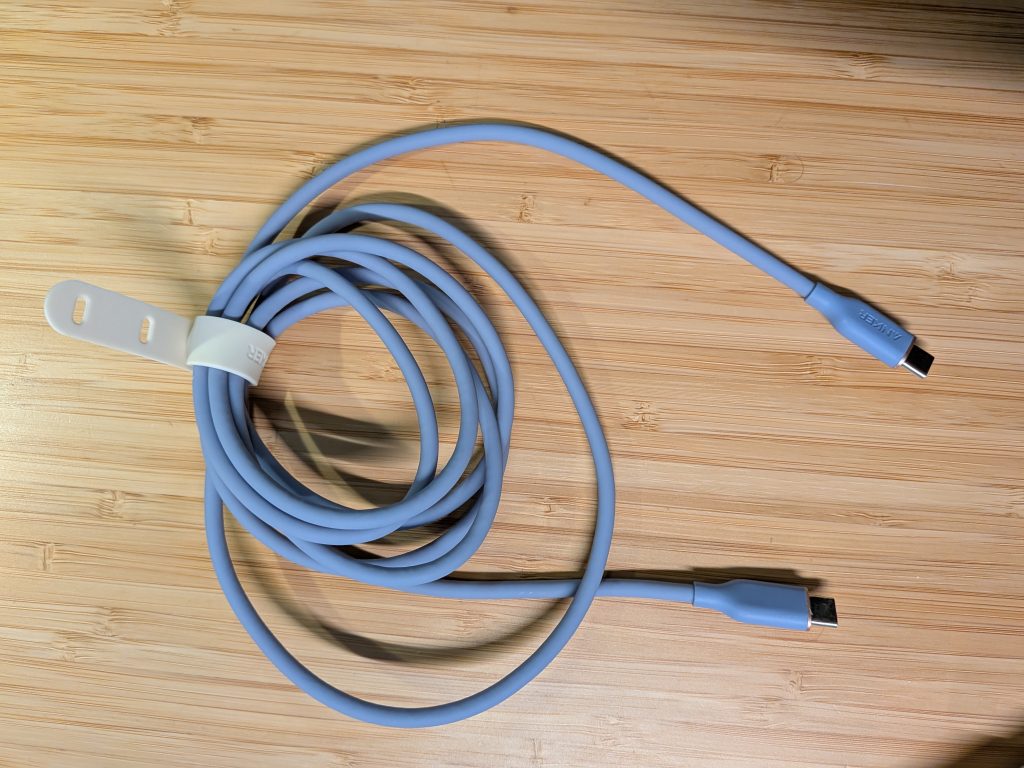
Es lädt mein Thinkpad X1 Tablet auch durch einen USB-Hub (welches ja ca. 15W verschluckt) – dazu darf aber weder ein Handy am 2. USB-C Steckplatz geladen werden noch z.B. eine Maus am USB-A Steckplatz. Mit am Hub angeschlossener Maus laden sowohl Maus als auch Notebook. Sind Notebook, Handy und Maus gleichzeitig direkt an das Ladegerät angeschlossen, dann laden alle 3 problemlos gleichzeitig. Das alles funktioniert auch mit langem USB-C-Kabel. Es gibt Versionen dieses Reisenetzteils mit höherer Ladeleistung. Somit sind sehr vielfältige Einsatzmöglichkeiten gegeben (ähnlich den typischen, praktischen Kabellängen von Lenovo-Netzteilen).
USB-C Hubs
Hier ein simples USB-C Hub (*), Leicht und klein, ohne Ethernet, aber mit langem Kabel, damit das Hub bei 2-in-1 Notebooks nicht in der Luft hängt.
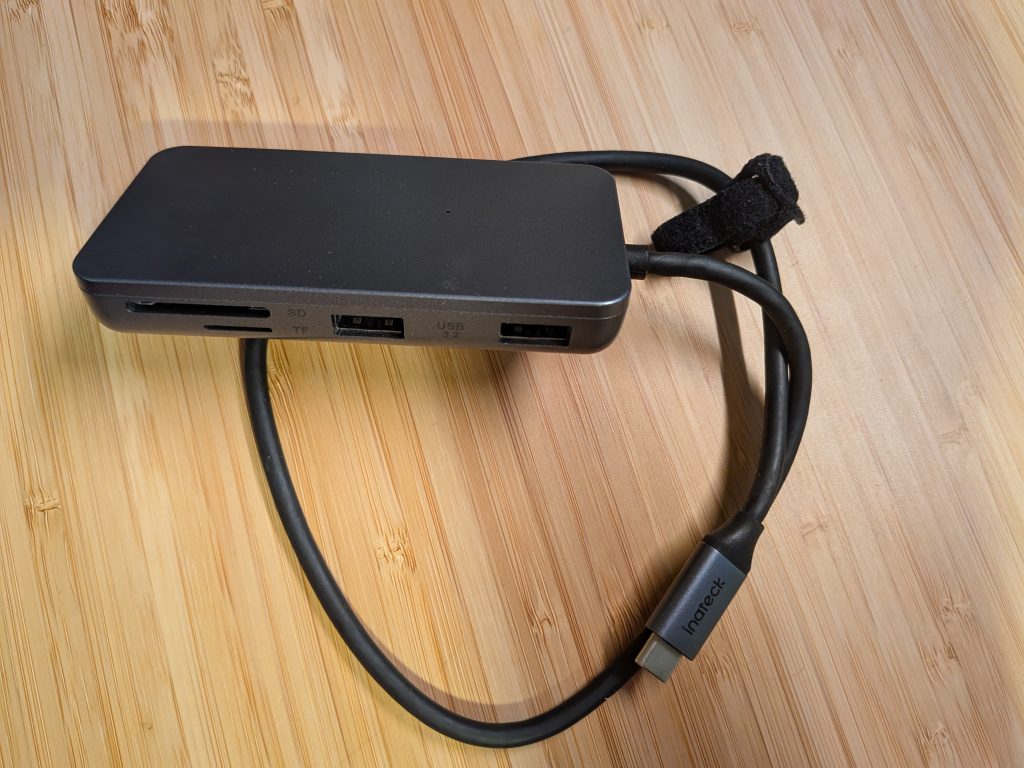
Inateck 7 in 1 USB C Hub (*) langes Kabel, kein LAN
Lenovo 150 USB-C Travel Dock (*) kurzes Kabel, hat LAN-Buchse
– Run your 4K monitors alongside USB devices from a single USB-C laptop port
– c’t Magazin: Docking-Stationen mit Thunderbolt 4 und USB-C
Kabel & Adapter
Mein Kabelsalat mit Netzkabel-Spinne, Netzteil und Hub ist nicht schön, aber funktional, sehr flexibel, kompakt und leicht, siehe auch Meine Packlisten zum Reisen.
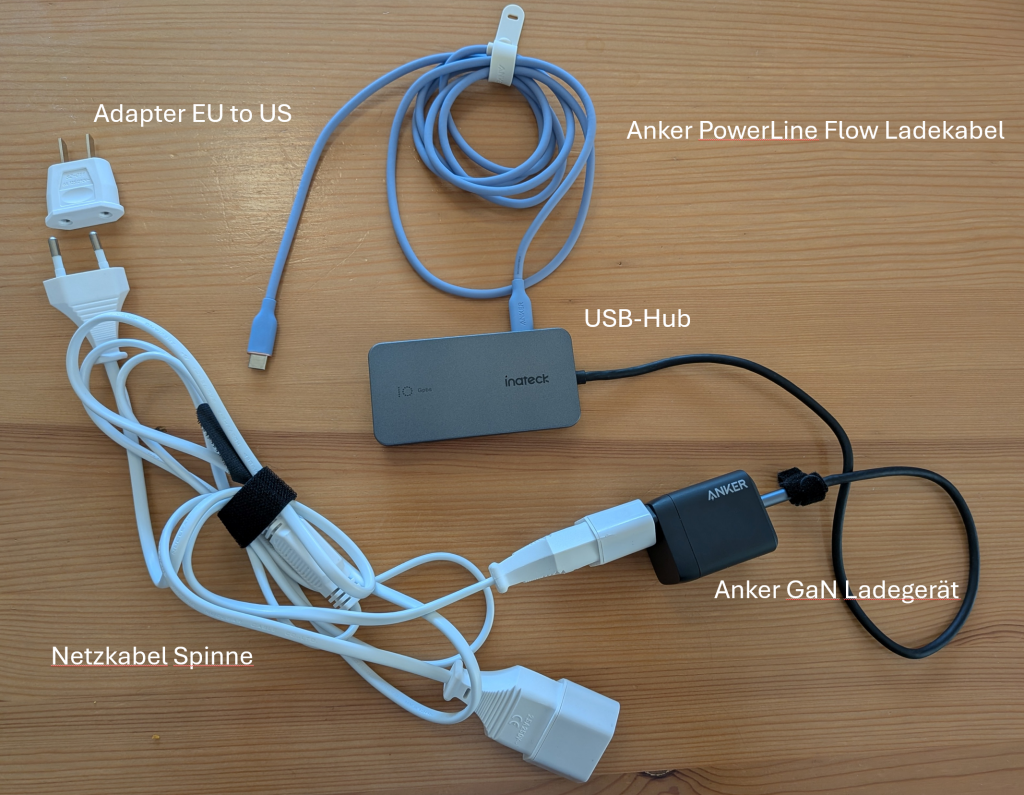
Hier noch einige gute Teile:
Zu Steckdosen-Adaptern gibt es einige Möglichkeiten: Multi-Klötze wie der von SKROSS, Reise-Steckdosenleisten wie die ZBRAIN oder Kabel mit lokalen Steckern, Mir sind die Adapter-Klötze zu unhandlich und an den oft wackeligen Steckdosen in Unterkünften zu unsicher. Steckdosenleisten sind auch klobig, aber sicherer.
Reiseadapter US to EU(*)
Reiseadapter EU to US(*)
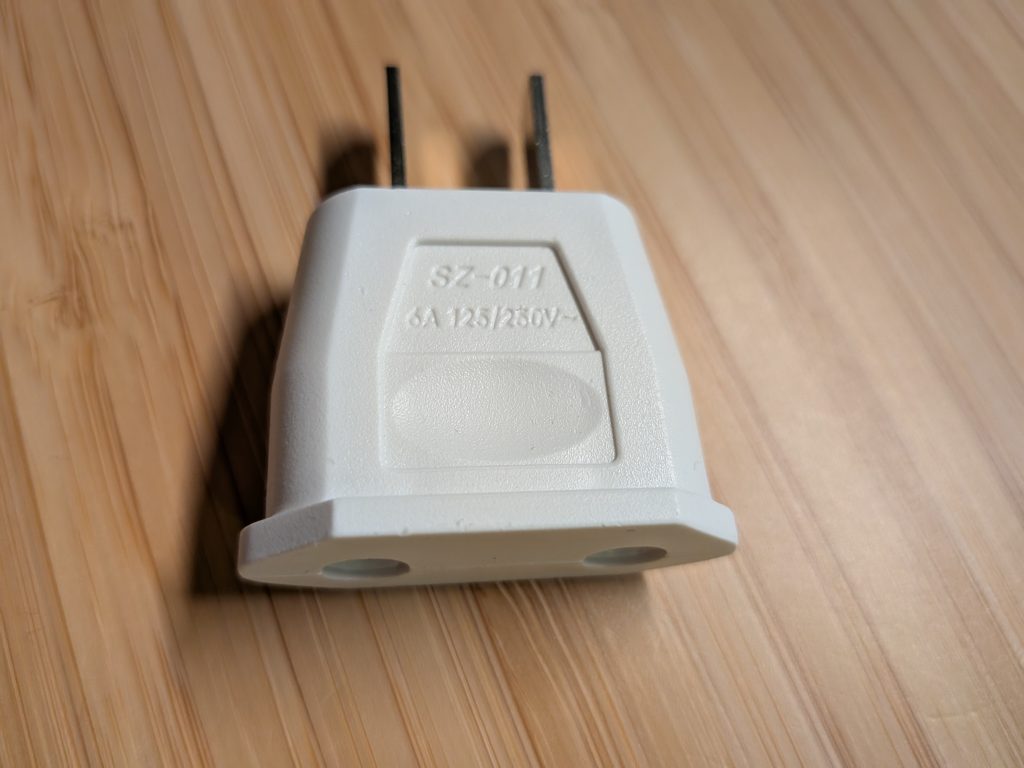
ZBRAIN Reise-Steckdosenleiste USB mit Reiseadapter, Mehrfachsteckdose 2 fach 4 USB(*)
SKROSS 1.3025 PRO World + USB – Reiseadapter inklusive USB-Ladeport(*)
Ist man länger an einem Ort mit ausländischen Netzsteckertypen empfiehlt es sich Netzteilkabel mit lokalem Stecker zu besorgen – das ist nicht so ein Gefummel und Gewackel wie mit Adaptern.
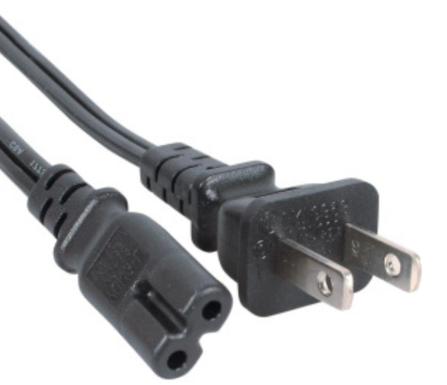
InLine 16654U Netzkabel, Netzstecker USA auf Euro 8 C7 Stecker (*)
InLine 16656U Netzkabel für Notebook, USA/Canada, 3pol Kupplung(*)
Stromkabel 2 Polig, RIKSOIN Netzkabel 1m Eurostecker (CEE 7/16 auf C7)(*)
Ich nutze Mehrfachstecker „Spinnen“ mit 2 und mehr Anschlüssen. Diese sind flexibel, leicht, kompakt (aber solide!) und die eingesteckten Stecker blockieren sich nicht gegenseitig. Man darf sie jedoch nicht mit zu leistungshungrigen Verbrauchern überlasten – ich habe jedenfalls keine Lust, irgendwo die Hütte abzufackeln. Netzkabel mit ausländischem Stecker, einzelne kleine Steckdosen-Adapter und Steckdosenleisten gibt es meist überall vor Ort.
Verlängerung Netzkabel, 2-in-1 Verlängerungskabel Typ-C-Stecker Eurostecker auf Euro Buchse kurz(*)
Verlängerung Netzkabel, 2-in-1 Verlängerungskabel Typ-C-Stecker Eurostecker auf Euro Buchse lang (*)
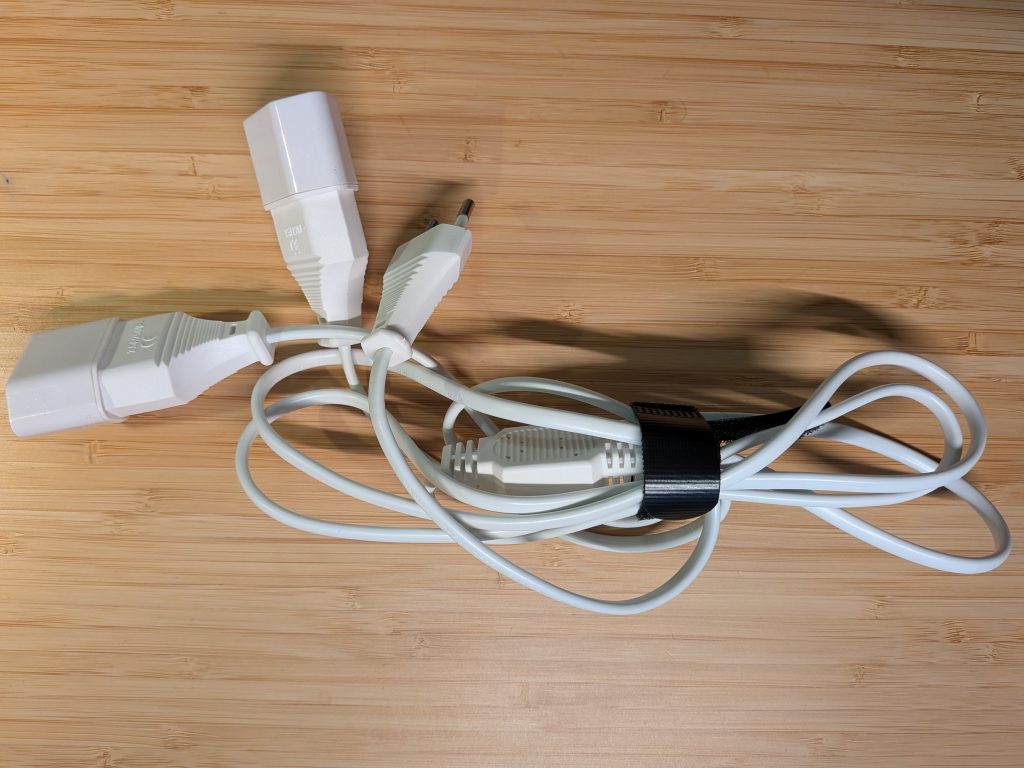
USB-C Magnetadapter(*), damit man beim übers Kabel stolpern das Notebook nicht vom Tisch reißt.
USB Datenblocker(*), als Kondom gegen Viren an öffentliche Ladestationen. Will das Laden damit nicht funktionieren, kann es helfen, den USB-C Stecker um 180° zu drehen. Alternativ kann man die Android USB-Standardeinstellung „Keine Datenübertragung“ konfigurieren.


